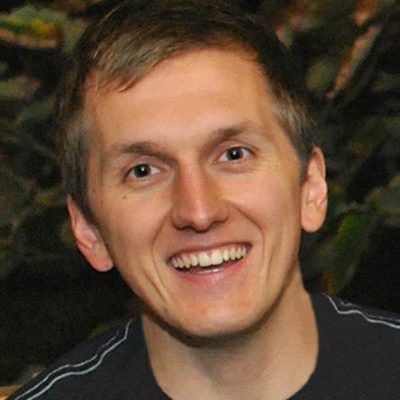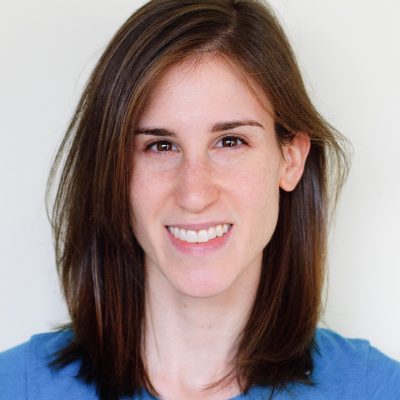Newsroom
Use of a microfluidic chip for whole genome library preparations of single-cell DNA without preamplification
Written by Katrin Braasch from the Piret lab, Michael Smith Laboratories
Hans Zahn, a PhD student in the research lab of Dr. Carl Hansen, and Adi Steif, a PhD student in the BC Cancer Agency, are the joint first authors on a recent publication in Nature Methods: “Scalable whole-genome single-cell library preparation without preamplification”. The protocol describes a direct library preparation (DLP) method for downstream sequencing that is robust, scalable and reliable. The described method uses nanoliter-volume transposition reactions for single-cell whole genome library preparation without preamplification.
Tumors consist of heterogeneous cell populations. Zahn states “while in many patients most of the cells respond to cancer therapy and die, small sub-populations of tumor cells can resist the treatment and over time relapse. Studying tumor heterogeneity at a single-cell level is, therefore, necessary to identify resistant cells”. Previous work looking at the clonal architecture of tumors have either sequenced DNA in bulk from many cells or highly amplified single-cell DNA. While bulk approaches can identify major tumor subclones, their capacity to resolve minor populations are limited. On the other hand, single cell approaches using preamplification can lead to biases decreasing coverage uniformity.
The alternative approach described in this protocol involves the direct tagmentation of single-cell DNA in nanoliter volumes followed by PCR. This was implemented using a novel microfluidic chip design with prespotted index primers. The indexed libraries are then pooled and used to identify clonal sub-populations or unique events. Zahn also points out that “single-cell data from sub-populations can be merged in-silico to identify other variants, such as breakpoints and SNVs, or all sequencing data can be pooled to achieve a ‘bulk equivalent’ genome”.
Overall, the DLP protocol offers a high throughput approach to provide high-resolution single-cell copy-number profiles while also producing high-quality bulk genomes in a single sequence experiment. This is especially beneficial in the analysis of valuable patient tissue containing low tumor cellularity. According to Zahn, “in the future, such new and cost-effective methods may enable doctors to construct detailed personal profiles of the genetic composition of tumor cells for each patient. This ’personalized medicine’ approach could help guide treatment choices, minimize unnecessary procedures, and improve patient outcomes”.

